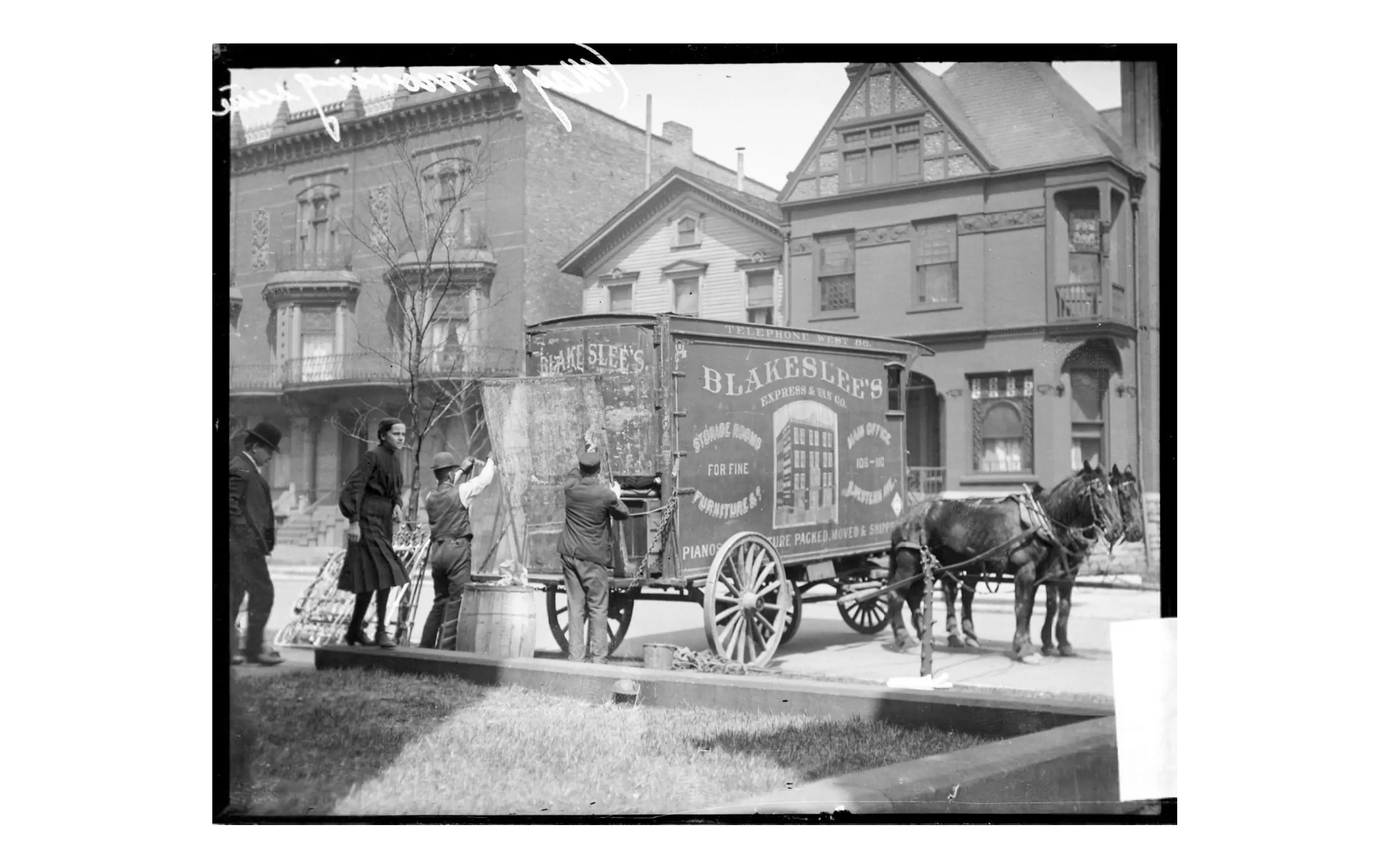You don’t have to be an industry insider to know that the self-storage industry is booming. Drive around Anytown, USA and it’s almost impossible not to notice those orange-and-gray, or orange-and-purple, or green-and-white facilities popping up all over the place. Even if you round down SpareFoot’s numbers from 2016, the country is currently at over 50,000 self-storage facilities generating over $30 billion in annual revenue.
Crazy numbers, for sure. And guess what? Things are only just beginning to get interesting. We’re seeing the emergence of a lot of small (for now) companies offering services beyond typical self-storage – services that were virtually unheard just a few years ago.
MakeSpace and Clutter Surge

Consider MakeSpace, a New York City outfit that has raised $47.5 million in venture capital in just the last two years. Not your average self-storage provider, MakeSpace packs, picks up their customers’ excess belongings and brings it all to their storage facility. Customers don’t need to think about how much storage space they need because they don’t actually have to rent storage units. They don’t have to worry about getting their stuff moved to a certain place and time because MakeSpace does all the back-and-forth for you. And since their storage facilities are located in what TechCrunch describes as “less desirable areas” outside prime real estate locations that are fairly removed from the residential areas they serve, MakeSpace can rent space at a lower cost, thereby reducing operating expenses.
Besides New York, MakeSpace operates in Los Angeles, Chicago and Washington, D.C., serving tens of thousands of customers, that according to CEO Sam Rosen.
Meanwhile, Clutter of Culver City, CA, operating on a similar business model, has expanded beyond Los Angeles to serve San Francisco, San Diego, Seattle, Chicago, and states New York and New Jersey. As of June 2017, they have raised $96.5 million in venture capital – double that of MakeSpace. According to Forbes, they plan to infiltrate every major city in America and several more abroad.
Millions in capital, global plans … there must be a lot more people out there with a lot of stuff willing to pay extra for this ultra-convenient, self-storage service.
The Rise of Plastic Bins
Of course, not everyone is looking for self-storage. Some people just need to get their stuff from Point A to Point B. Unsurprisingly, the range of services for these people has exploded too, starting with the U-Haul revolution and the rise of ABF Freight, followed by the portable storage container craze and – ahem – the wild growth of the moving labor sector.
It turns out this is the one place eco-conscious people choose plastic over paper.
Yes, we’re seeing now that people want to be green as much as they want to save green – and we see that customers are looking for even more alternatives when they move. And one of those alternatives involves cutting back on all that cardboard and tape.
Enter the gorillas and the kangaroos.

Since 2011, Gorilla Bins of New York City has been renting out black plastic bins two weeks at a time. (They know it takes a lot more than a day to pack and unpack!) And they aren’t the only ones touting the three-point “We drop them off – You use them – We pick them up” service line, inspiring plenty of imitators. Redi-Box is ready with their red bins in Chicago and Portland. Rent a Green Box covers Los Angeles and Orange Counties with their (of course) green plastic bins. Hopping around the Springfield, MO area we have Roo Rent a Box and their stacks of gray bins.
There are many players in this plastic bin rental game. Their prices and policies may vary, but they all operate on the same fundamental idea. (Really, the biggest question right now might be who will end up buying out who down the road.)
Also of note, a company named Bin-It is running a similar operation out of their northern New Jersey headquarters, serving not only the New York area but Philadelphia, Indianapolis and Nashville. Yet unlike the gorillas and kangaroos, Bin-It also offers storage, bridging the service gap between valet storage and simple moving bin rental.
It probably goes without saying (but we’ll say it anyway) that this plastic bin rental business is a local thing. It’s conceivable that in the future we’ll see this change as some of these bin-renters extend their reach further across the country and can handle the logistics of tracking and managing their bins in the same way U-Haul manages their trucks.
For now, despite the impressive growth of this eco-friendly niche, it looks like the trend of renting plastic bins instead of using cardboard boxes will remain an aspect of the local move market.
How Does This Impact Movers?
So what does this have to do with all of us in the moving labor industry?
It surprisingly doesn’t, directly. But say someone calls you up asking if you offer storage services. “No,” you say. But your conversation shouldn’t end there. This person needs a service and seems not sure where to turn. By pointing them in the right direction, you are not only helping them, you’re also tossing a biscuit of friendship to the people you are referring them to. “Tell them Kevin at HireAHelper sent you,” you might say. Or Mark at Mark’s Movers, or whatever the case may be.
You recommend them, they recommend you, and everybody gets a business boost. This dynamic works especially as long as storage bin companies exist as a local enterprise.
The same dynamic can work with the valet storage niche, as well as the emerging plastic moving bin rental market. These companies are directly tied to the storage and moving industry, just like us. Yet they occupy a different niche. So rather than competing, our services are almost always perfectly complementary.
Likewise, those customers looking for that environmentally-friendly alternative to cardboard boxes are potential customers too. The bin-renters generally don’t offer actual moving services, so the door is wide open.
At the same time, be aware that a few other valet storage providers and bin renters have had the same brilliant idea, and have begun creating those collaborative partnerships with a few local movers. So don’t wait! Get online, get on the horn, pick up the phone and get out there! Meet these new players in the storage and moving industry. There may never be a better ally, or imposing competition, depending who gets there first.






